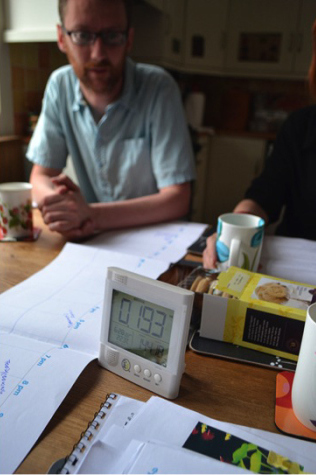A case study on inclusive design: ethnography and energy use

Energy usage and conservation can be a seemingly mundane part of an individual’s daily life on one hand, but a politically, ecologically, and economically critical issue on the other. Despite its importance, there is a startling lack of insight into what guides and influences behaviors surrounding energy.
With conventional quantitative analyses of properties and income explaining less than 40% of variations in households’ consumption, Dr Dan Lockton (senior associate at the Helen Hamlyn Centre for Design) and Flora Bowden set out to unpack some of the behavioral nuances and contextual insights around energy use within the daily lives of British households, from the perspective of design researchers.
Their interviews had them meeting everyone from “quantified self†enthusiasts to low-income residents of public housing, and involving them in the design process.
What they discovered bears significant implications for design which seeks to influence behaviors around energy, for example, where policy makers and utility companies see households as “using energyâ€, household members see their own behavior as solving problems and making their homes more comfortable, such as by running a bath to unwind after a trying day, or preparing a meal for their family.
EthnographyMatters reports on what Dan and Flora learned in their ethnographic research, and how understanding “folk models†of energy – what energy “looks like†– may hold the key to curtailing energy usage.



